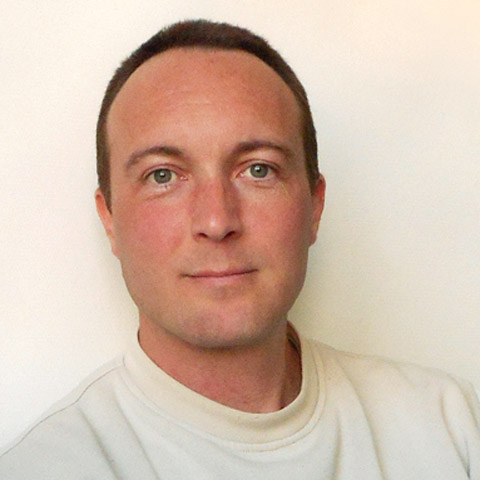KLI Colloquia are invited research talks of about an hour followed by 30 min discussion. The talks are held in English, open to the public, and offered in hybrid format.
Fall-Winter 2025-2026 KLI Colloquium Series
Join Zoom Meeting
https://us02web.zoom.us/j/5881861923?omn=85945744831
Meeting ID: 588 186 1923
25 Sept 2025 (Thurs) 3-4:30 PM CET
A Dynamic Canvas Model of Butterfly and Moth Color Patterns
Richard Gawne (Nevada State Museum)
14 Oct 2025 (Tues) 3-4:30 PM CET
Vienna, the Laboratory of Modernity
Richard Cockett (The Economist)
23 Oct 2025 (Thurs) 3-4:30 PM CET
How Darwinian is Darwinian Enough? The Case of Evolution and the Origins of Life
Ludo Schoenmakers (KLI)
6 Nov (Thurs) 3-4:30 PM CET
Common Knowledge Considered as Cause and Effect of Behavioral Modernity
Ronald Planer (University of Wollongong)
20 Nov (Thurs) 3-4:30 PM CET
Rates of Evolution, Time Scaling, and the Decoupling of Micro- and Macroevolution
Thomas Hansen (University of Oslo)
RESCHEDULED: 18 Dec (Thurs) 3-4:30 PM CET
Chance, Necessity, and the Evolution of Evolvability
Cristina Villegas (KLI)
8 Jan 2026 (Thurs) 3-4:30 PM CET
Embodied Rationality: Normative and Evolutionary Foundations
Enrico Petracca (KLI)
15 Jan 2026 (Thurs) 3-4:30 PM CET
On Experimental Models of Developmental Plasticity and Evolutionary Novelty
Patricia Beldade (Lisbon University)
29 Jan 2026 (Thurs) 3-4:30 PM CET
Jan Baedke (Ruhr University Bochum)
Event Details

Topic description:
Life is a chemical reaction. Or, more precisely, life is a functionally closed and self-sustaining chemical reaction network. In other words, living systems produce their own components, in such a way as to maintain and regulate the chemical reaction network that produced them. During the 1970s, several researchers independently developed formal models of a minimal living system based on the above definition. However, most of these models do not explain how these systems could have emerged spontaneously from basic chemistry. They provide insights into the organization of life, but not necessarily its origin. Now, a new mathematical framework, based on the original notion of autocatalytic sets, is able to shed more light on both of these aspects. Autocatalytic sets capture the functionally closed and self-sustaining properties of life in a formal way, and detailed studies have shown how such sets emerge spontaneously, and can then evolve further, in simple models of chemical reaction networks. Furthermore, this new framework has been applied directly and successfully to real chemical and biological networks. Thus, the autocatalytic sets framework provides a useful and formal tool for studying and understanding both the origin and organization of life. In this talk, I will give a non-technical overview of the background, concepts, and main results of the formal framework, and how it can perhaps be generalized beyond chemistry and the origin of life to entire living systems, ecological networks, and possibly even social systems like the economy.
Biographical note:
Wim Hordijk is a computer scientist working in the areas of computational biology and bioinformatics. He was a graduate fellow at the Santa Fe Institute for several years, and during the next 10 years he worked on many short-term research and computing projects all over the world. He is currently based in Lausanne, Switzerland, as an independent researcher/consultant. Next to providing some computational support to other scientists, his own research has focused primarily on autocatalytic sets and the origin and organization of life.


